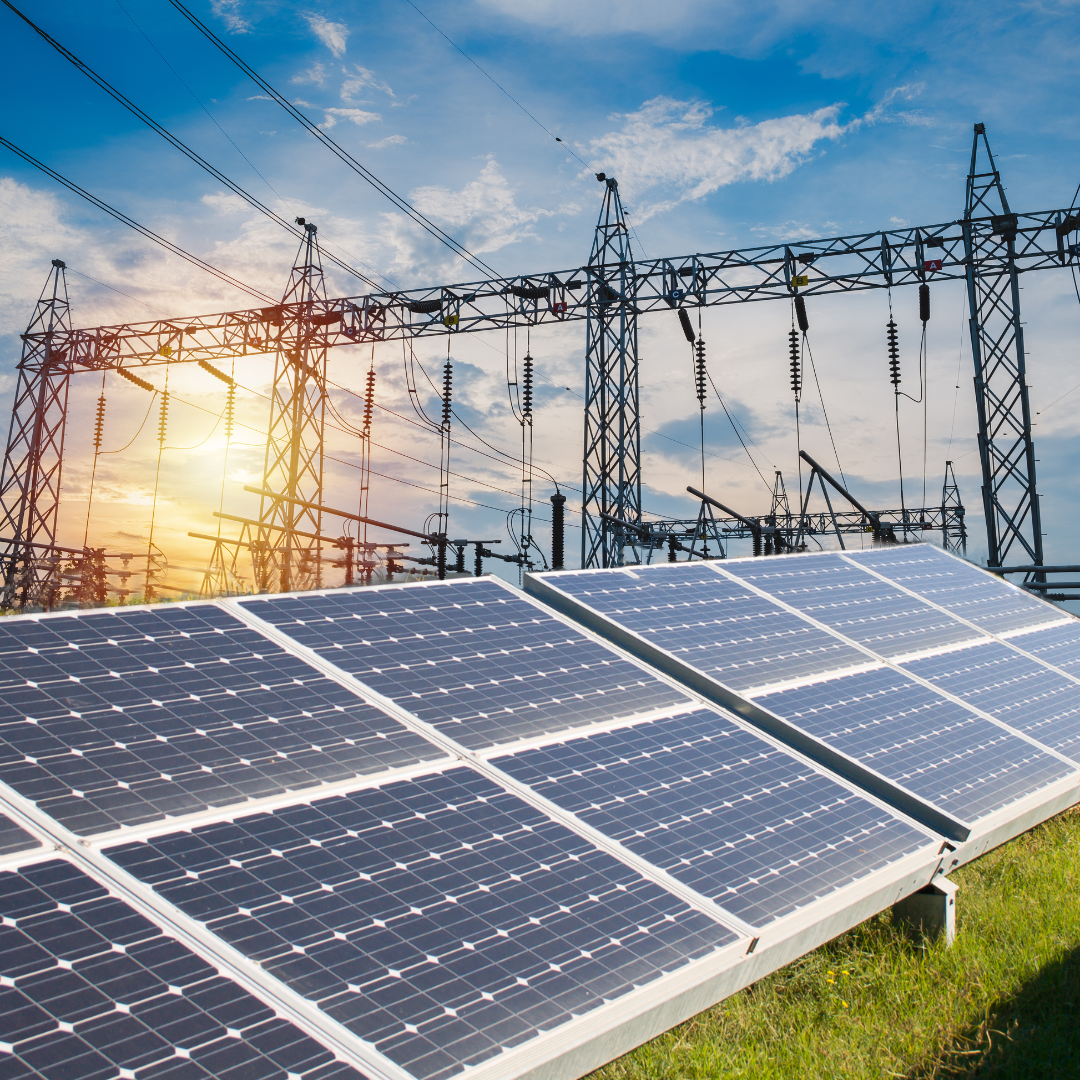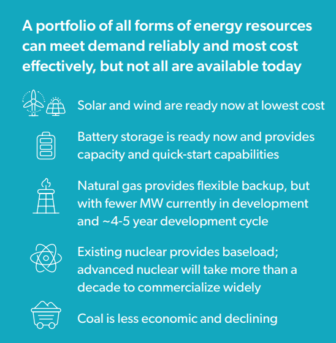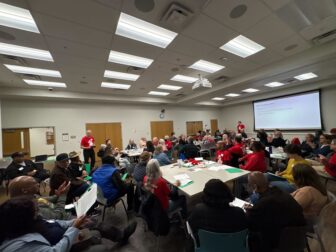
Cheating the System: How PJM’s Bias Against Clean Energy Hurts Us All
- Posted on
- By Jake Schwartz
- In Blog, Federal
A blog by Jake Schwartz, CCAN’s Federal Campaigns Manager.
PJM is cheating. As the nation’s largest regional transmission organization (RTO), with a responsibility to manage and oversee the transmission grid, the Pennsylvania-New Jersey-Maryland Interconnection (PJM) has a responsibility to deliver reliable and affordable energy to regional consumers. No energy is more infinite than that from the sun and wind. Despite this, PJM is prioritizing fossil fuel plants, cheating us out of cheaper clean energy options.
The Cost of PJM’s Fossil Fuel Dependence
 PJM’s costs are skyrocketing and the reason why is clear: fossil fuels are unreliable. While PJM prioritizes future natural gas plants, already-approved clean energy projects are still waiting for interconnection to the electricity grid. The grid works best when PJM can plan years in advance how future energy needs are going to be met; if there’s unreliability, then they have to tap into additional resources, which costs more. While winter disruptions and other infrastructure issues are making fossil fuels more expensive than expected, clean energy is as cheap as ever. They’re prioritizing the wrong thing.
PJM’s costs are skyrocketing and the reason why is clear: fossil fuels are unreliable. While PJM prioritizes future natural gas plants, already-approved clean energy projects are still waiting for interconnection to the electricity grid. The grid works best when PJM can plan years in advance how future energy needs are going to be met; if there’s unreliability, then they have to tap into additional resources, which costs more. While winter disruptions and other infrastructure issues are making fossil fuels more expensive than expected, clean energy is as cheap as ever. They’re prioritizing the wrong thing.
In February 2025, the much-anticipated Brattle Report, commissioned by a conservative group, determined that prioritizing clean energy will result in more reliability for the grid. We cannot afford the status quo. Cheaper clean energy projects that would lower costs are ready to go – PJM just has to approve their connection to the electricity grid. We’re calling on them to act now.
Delays in Clean Energy Integration
PJM has been delaying the interconnection of clean energy projects while fast-tracking fossil fuel plants in the queue, causing more unreliability. Between 2012 and 2022, PJM added three times more fossil fuel capacity than renewables, a stark contrast to other RTOs that are rapidly integrating clean energy. Over 2,200 renewable energy projects in PJM’s queue have been waiting for years to connect to the grid. This backlog includes enough clean energy capacity to power millions of homes.

Connecting these clean energy projects is more than just the right thing to do for their consumers; it is required by the Federal Energy Regulatory Commission (FERC). FERC Order 1920 requires RTOs like PJM to comprehensively plan for the future, including factoring in a high usage of renewables into their scenario planning. PJM is pushing back and trying to get off the hook for even just planning with clean energy; they seem to be in denial that the future of electricity here in the Chesapeake region is green.
Debunking PJM’s Flawed Reasoning
RTOs say that American energy consumption is projected to increase significantly by 2050, driven in large part due to new data centers for AI, and that they need fossil fuels that produce electricity 24/7 instead of just when the sun is shining to meet this demand. This is flawed reasoning for multiple reasons. With more efficient data centers and AI models coming out every year, PJM’s energy projections will likely be an overestimate, again. The release of the AI model DeepSeek, which uses ten times less energy than ChatGPT, is proof that our future energy appetite is not insatiable.
However, even if energy demand does spike, clean energy would still be the economical choice for supply. When paired with battery storage, utility-scale solar and offshore wind is cheaper, more reliable, and limitless, while fossil fuel plants cost more, take longer to build, and are inherently a finite resource. Battery storage can also ramp up much faster than gas plants, making them ideal for grid stability. With sufficient storage, solar can cover energy peaks far more easily than so-called gas peaker plants (the dirtiest kind of gas plant), removing the need to prioritize fossil fuels at all.
Right now, clean energy developers are building all over the East Coast. PJM needs to overcome its institutional bias of the energies of yesterday and prioritize the electricity of tomorrow – connecting them to the grid now instead of letting gas plants cut the queue – to guarantee the cheaper, cleaner energy future that we all deserve.
A Call for Change: Get Involved and Advocate for Clean Energy

State governments within PJM’s jurisdiction are already pushing for change by creating voluntary forward clean energy markets to meet their climate goals. There are other actions that governors can take as well. In Pennsylvania, Governor Shapiro worked with PJM to settle a lawsuit and lower the capacity auction price cap by over 20%, averting a runaway auction price that would have unnecessarily increased energy bills. In all, this move by the governor saved consumers $21 billion over two years.
As PJM electricity rates are expected to rise in June 2025, there is no reason other governors can’t do the same and help lead the clean energy transition, saving their constituents billions in the process. Join the fight for clean energy and against rising utility costs by becoming part of CCAN’s state-based action teams. Together, we can push for reforms that prioritize renewable energy projects, hold PJM accountable, and ensure a sustainable and affordable energy future for all.
A blog by Jake Schwartz, CCAN’s Federal Campaigns Manager.

